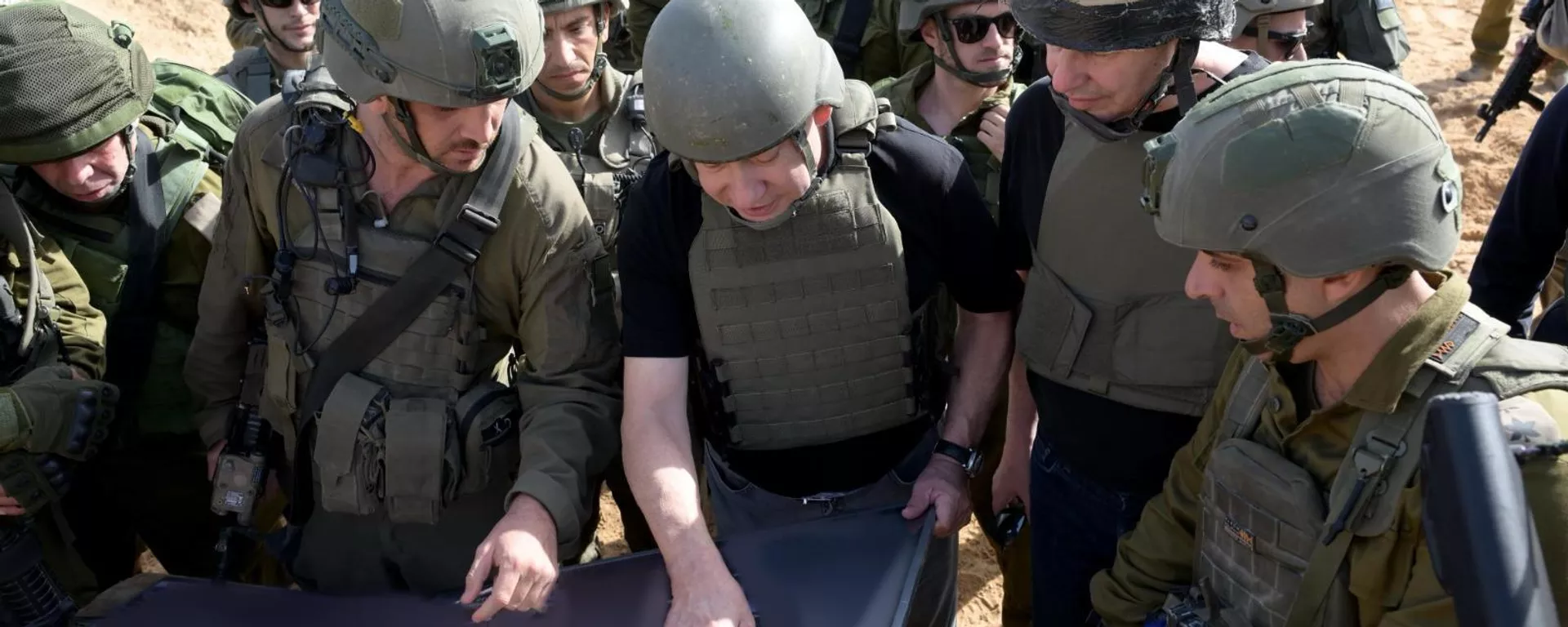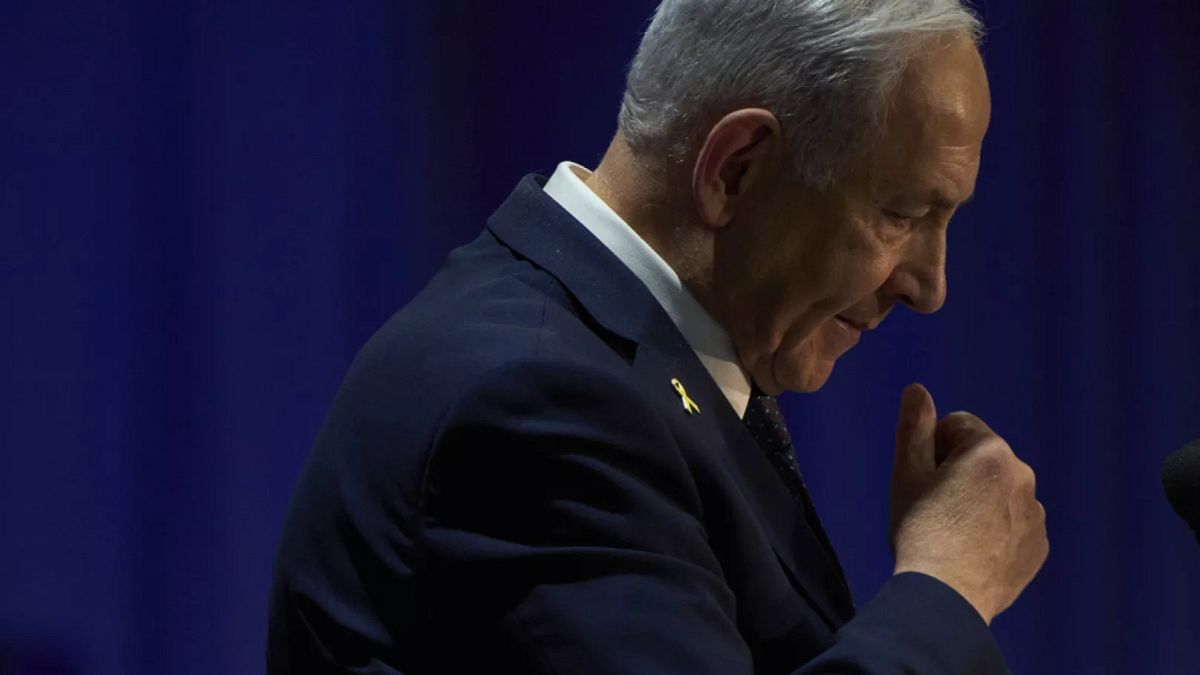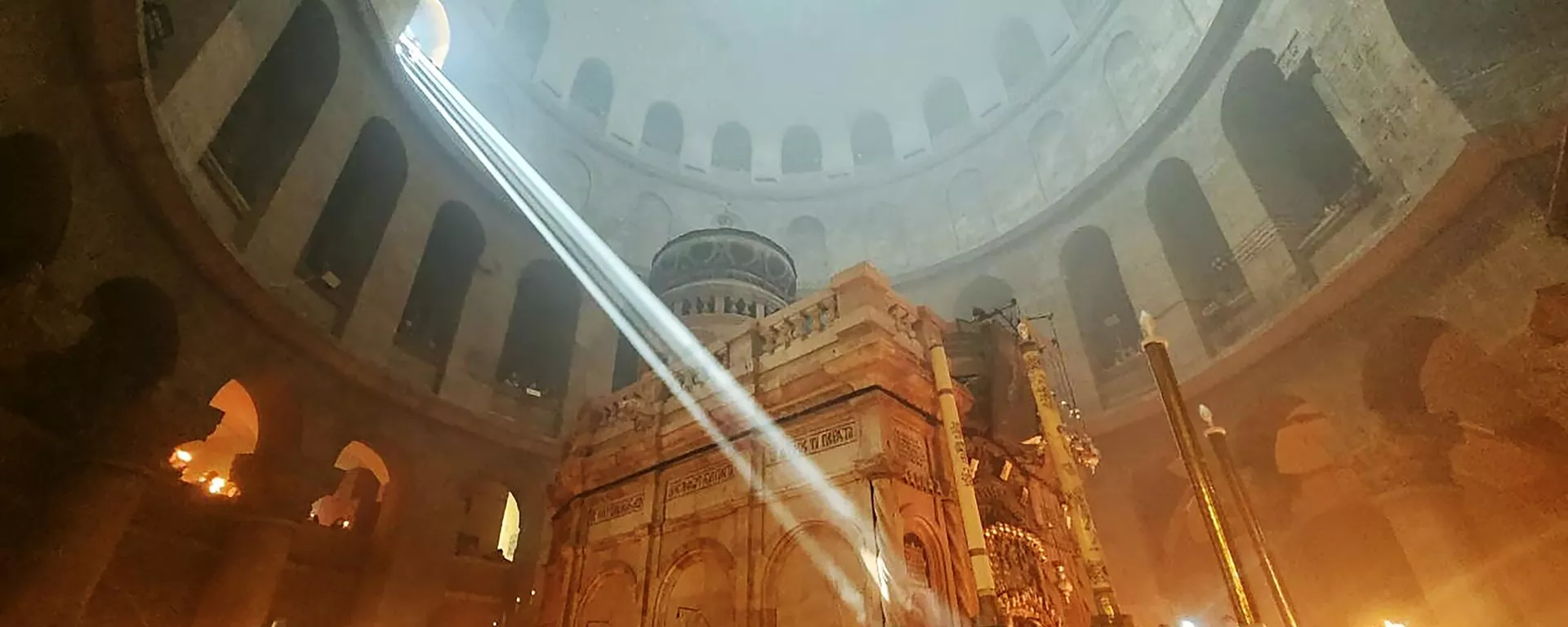Iran’s military and the elite Islamic Revolutionary Guard Corps have deployed some of their best air defenses two major nuclear sites, and unveiled a new fortified ‘missile city’ mountain fortress.
Photos published by the Mehr News Agency Saturday show components of what appears to be the Khordad 15 air and missile defense system being deployed.
The Khordad 15 reportedly has the ability to detect, intercept and target up to six projectiles at once, including drones, cruise missiles and manned aircraft, at ranges up to 200 km using the Sayyad-3 missile. The system is also said to have anti-stealth capabilities, with stealth targets targetable for destruction at ranges up to 45 km. The Khordad 15 is one of the newest and most sophisticated in Iran's air defense arsenal.
The Tasnim News Agency says the air defense units, subordinated to the Army and IRGC, have been deployed at the Fordow Nuclear Site in Qom Province, and the Khonab Nuclear Complex, which features a heavy water reactor and is situated in Markazi Province.
Drilling is set to simulate defense of the nuclear sites, and other sensitive and critical areas, against enemy aerial and missile strikes. Similar drills were held recently by the IRGC’s Aerospace Force at the Natanz Nuclear Site, with those drills reportedly also involving protection against electronic warfare threats.
Mehr says Sunday’s exercises are a continuation of the wider Eqtadar (lit. ‘Authority’ or ‘Might’) 1403 war games, which involve missile, radar, electronic warfare, air defense, manned aircraft and drone drills in both defensive and offensive operations.
An IRGC spokesman said the exercises, which are expected to continue across parts of Iran until March, are a response to “new security threats.”
The drills follow a series of provocative statements and media reports about US and Israeli threats to target Iran’s nuclear facilities. In December, US media reported that Biden’s National Security Advisor, Jake Sullivan, had presented the president with ‘options’ for attacking the Islamic Republic’s nuclear facilities. Iran blasted the reported backroom planning as a “gross violation of international law.”
Separately this week, the IRGC unveiled another of Iran’s patented underground ‘missile cities’. These facilities take advantage of Western Iran’s defensive, mountainous geography, and are burrowed deep under mountains for protection against enemy missile and air attack.
Footage of the new base, situated at an undisclosed location, was broadcast on Iranian television, with military officials led by IRGC Aerospace Force Commander Ali Hajizadeh shown touring the facility, walking over Israeli and American flags painted on the floor, saluting troops and inspecting missiles.
The footage included shots of the Emad, Qadr, and Qiam-series missiles. According to PressTV, the remaining “90 percent” of the base was not shown for security reasons.
Iran is known to have used the Emad and Qadr (sometimes transliterated as Ghadr) missiles in its October 1 retaliatory strikes on Israel in combination with the Fattah hypersonic missiles. The missile strike was designed to demonstrate Iran’s ability to reach Israel’s most sensitive defense and intelligence facilities, and footage of the attack showed scores of missiles penetrating the country’s sophisticated air and missile defense shield, which was jointly designed with the US.

8 November 2024, 19:09 GMT
The TV report on the new base described it as a “dormant volcano deep in the heart of mountains,” warning that it could “erupt in the shortest time possible” in the event of enemy aggression.
Iran is known to possess among the strongest indigenous military-industrial complexes in the world, producing everything from missiles and drones to increasingly sophisticated air and missile defense systems, and defense electronics. These capabilities are made possible by the country's strong scientific cadre and universities, and civilian industry (the strongest in the region), which provides critical materials to the defense sector.

 3 months ago
31
3 months ago
31








 We deliver critical software at unparalleled value and speed to help your business thrive
We deliver critical software at unparalleled value and speed to help your business thrive






 English (US) ·
English (US) ·